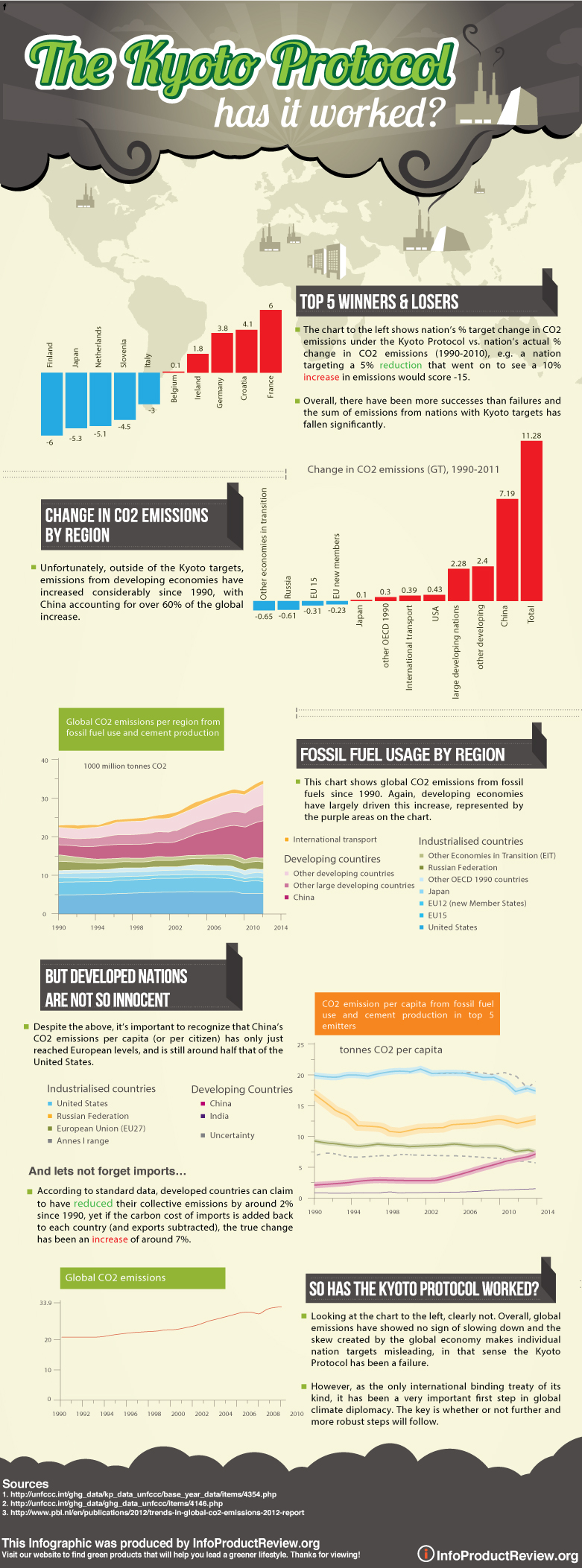The turn of the New Year marked the end of ‘Phase 1’ of the Kyoto Protocol, an event that could arguably mark the beginning of the end for international climate diplomacy.
Why? Well, a lot has changed in the world since the signing of the agreement in 1997 – we live in a more globalised economy, new ‘super powers’ are emerging, and energy self-sufficiency in the United States by 2020 is a very real possibility.
The latter aside, these changes pose new challenges for climate diplomacy, and, more specifically, ‘Phase 2’ of the Kyoto Protocol – increased trade amongst nations makes the true carbon cost of an economy difficult to track, it undermines the primary metric through which countries are assessed, and in doing so, creates an uneven playing field amongst competing economies (all else being equal, a disregard for our environment will normally result in a cheaper cost of production, at least in the short-term!).
For evidence of the strain these challenges create we only need look to Canada’s 2011 withdrawal from the agreement and Russia?s cold feet at the recent Doha conference. Evidence that, sadly, is casting ?Phase 2? of the agreement into doubt and indeed exasperating the ‘uneven playing field’ conundrum mentioned above (agreements of this nature can only truly work when everybody takes part).
With their recently published infographic, Infoproductreview.org aim to depict and raise awareness of this dilemma. Their goal is to promote a move towards using CO2 emissions per capita as the primary metric through which countries are assessed upon, a move that they believe will alleviate the current hurdles to international climate diplomacy and ultimately, prevent its eventual extinction.






